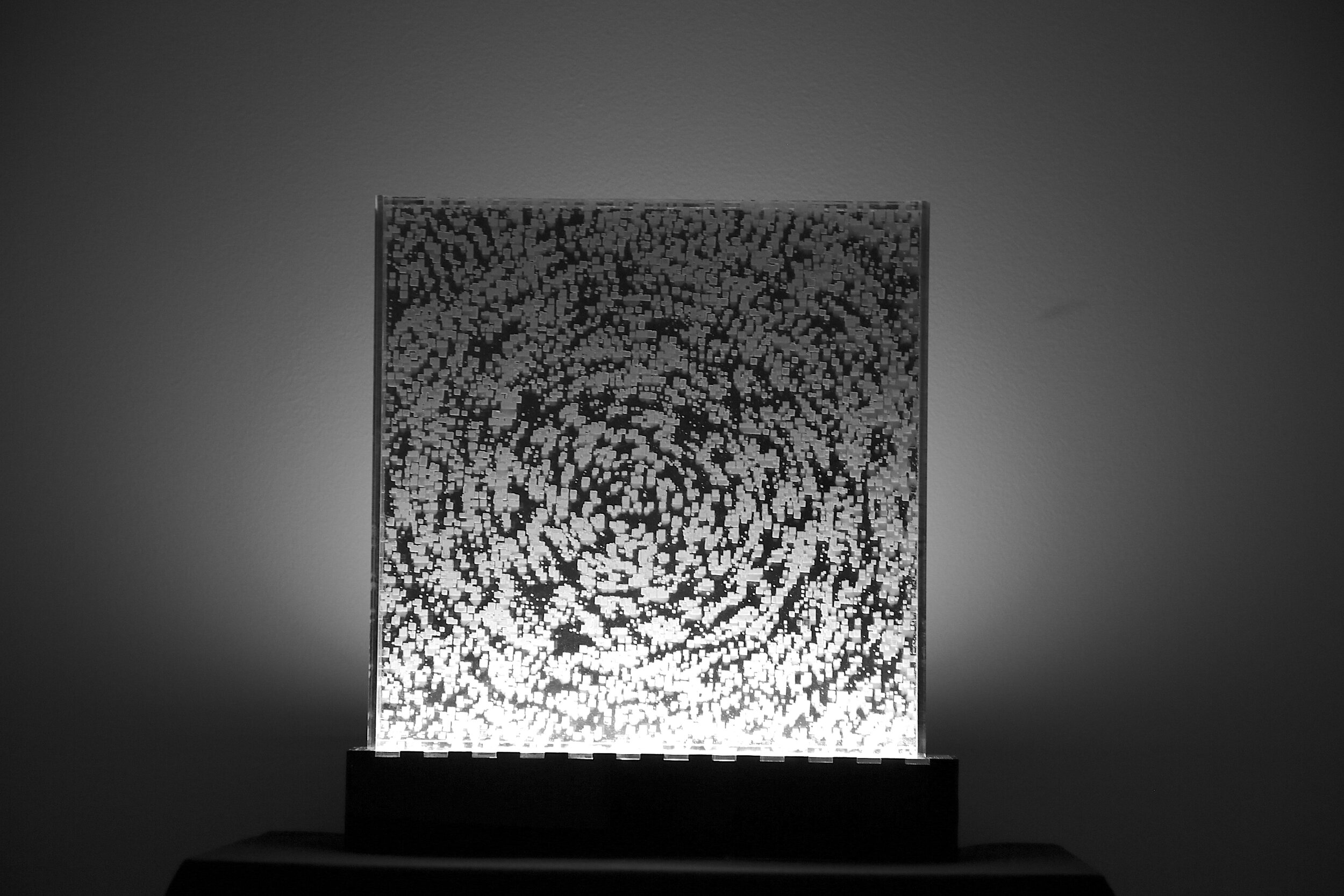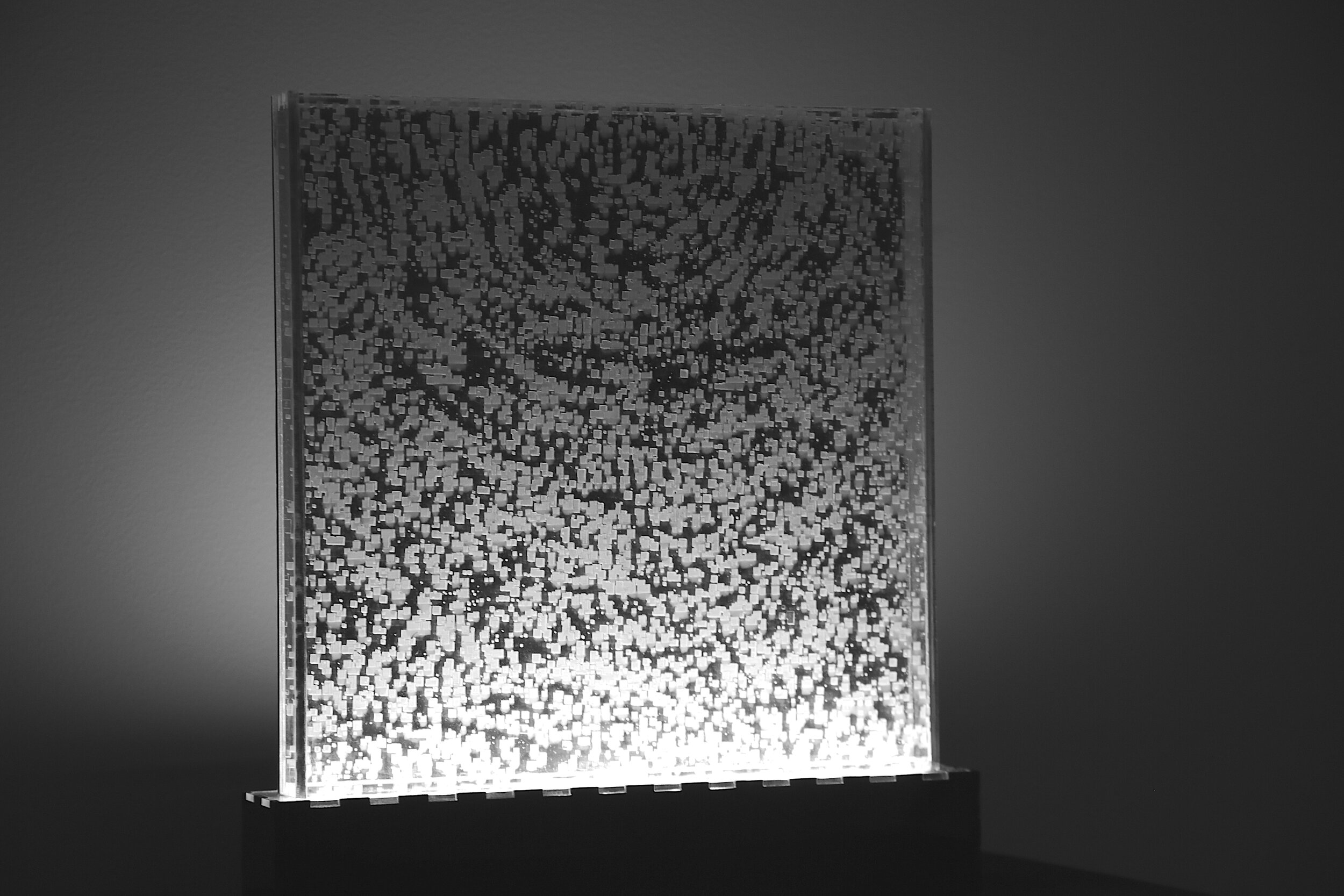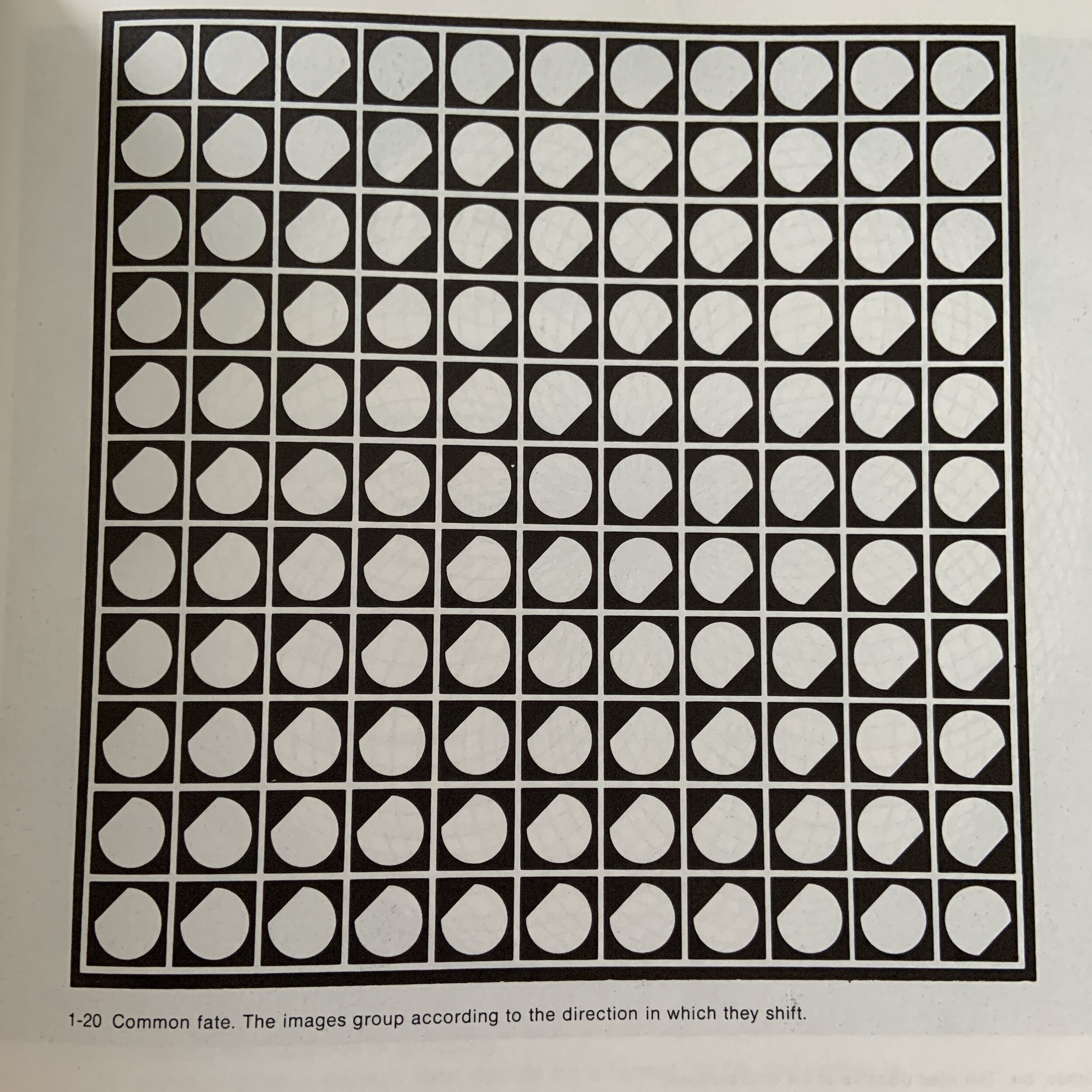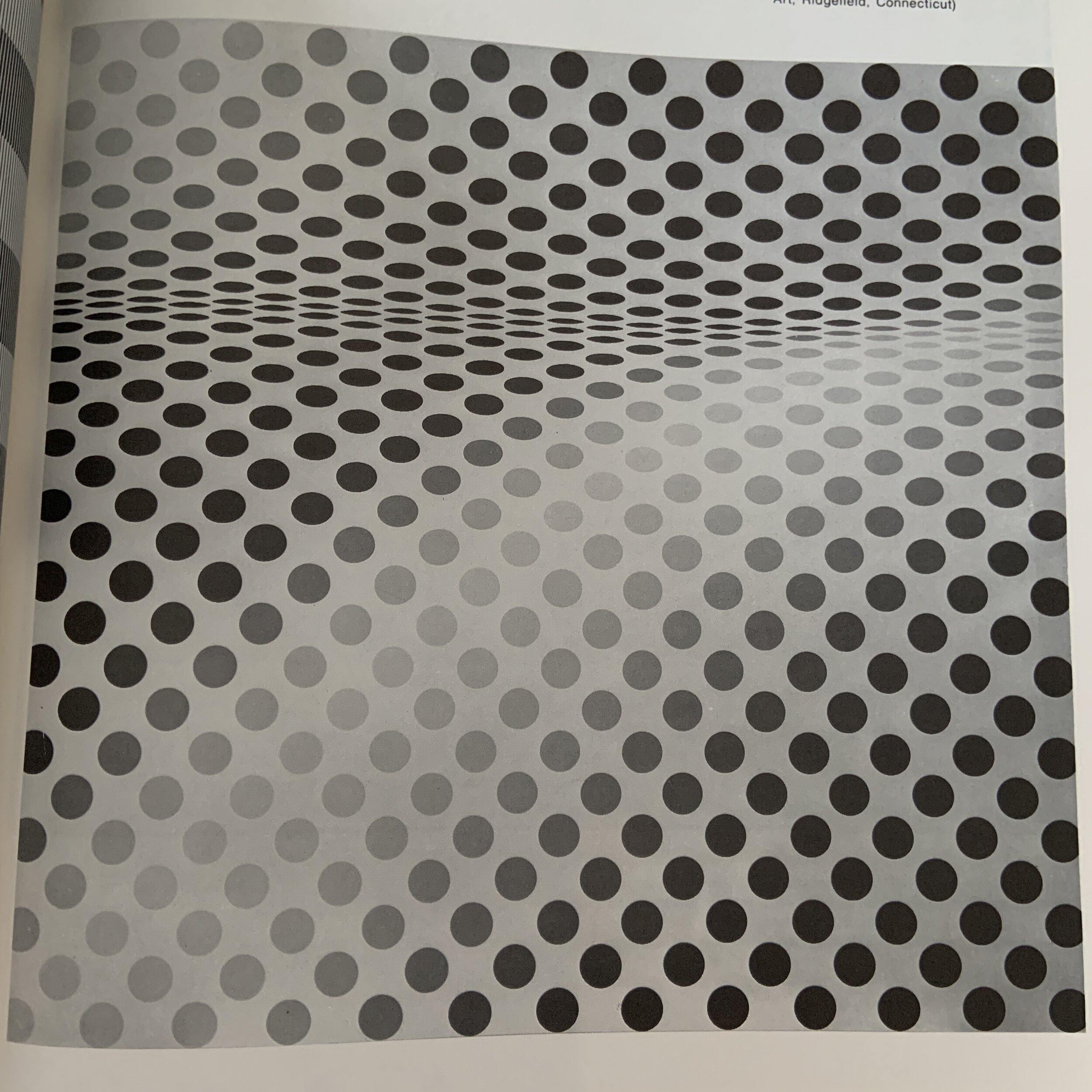Ideation
Design
The interior and exterior of the turntable were both drawn in Vectorworks. The bevel gears were modeled with the bevel gear tool set in Vectorworks. We determined the ratio(1:8) of the number of teeth between the gear and the pinion based on the number of frames of an animation loop(5) and estimated cranking speed(0.5 rev/sec) and slit distance(6 degrees / loop). The needle components are modeled in Fusion, the pivot point underneath the cover was designed as a contact switch to turn on the sound. The slit plate and animation layers are designed in Illustrator.
box exterior
box interior
Production
We purchased stainless steel shaft, bearings, pulleys and belt and 3D printed the gears and the needle components. The design files were sent to MasterCam and CNC to pocket and contour the wooden box(2D) as well as the ring base(3D) for the plates to rest on. The black mat board slits and the white translucent plate were cut with laser cutter, animations were printed on clear acetate paper. We then installed some neopixels and a bluetooth speaker underneath the plate inside the box, as well as an MKRZero connecting to the switch under the needle pivot, on and off signals were sent to p5.js using serial communication to start and stop sound recordings.
Challenge
Using CNC was the most time-consuming and challenging part of the project, we experienced numerous problems and wasted a good amount of material. I exported top views as 3D DXF files for 2D contour and pocket, MasterCam never displayed any content when it was a 3D file so I had to redraw the box sides in one plane and export as 2D DXF. For the box walls, I couldn’t select the smaller rectangles for pocketing as they overlap with the bigger rectangle, I had to fix it by extending the smaller rectangle outside of the bigger one. I also didn’t consider extending the lower edges at the bottom side of the cover. I mistakenly contoured the inside of the edges when I was supposed to contour the outside. The edge of the ring base is a ramp so it needs to be a 3D DXF imported to MasterCam for surface rough. However, the first time I ran the job, I didn’t translate the top of the ring to right below the Z axis, causing the machine to eat up the whole quarter inch depth of the material’s surface as there was too much distance between the top of the model and Z axis.
We planned to print the slit plate on acetate paper as well, but the acetate from the printer didn’t turn out as transparent as expected, it had a white tint, so doubling the layers wouldn’t produce animations that are visually appealing and convincing, so we had to modify our design decision to laser cut the slit plate. We first used 1/16 " thick acrylic, although we lowered the regular power settings for the same type of material, the result was not desirable, the acrylic was bent because of heat on the dense slit pattern towards the center. We ended up using a black mat board which is much less sensitive to heat and it came out nicely.




























